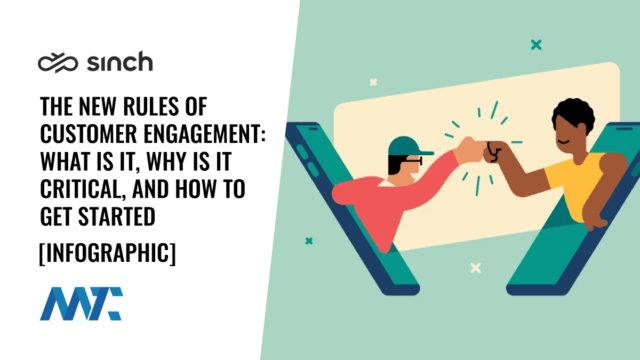Customer engagement has become the centerpiece of modern business strategies, crucial in fostering loyal relationships between brands and their clients. It is about creating meaningful interactions with customers at various points in their journey with a product or service.
Here are some compelling statistics that underscore the focus on engagement:
90% of customers are keen on brands that allow replies in messaging
87% of consumers steer clear of brands they distrust
80% of businesses plan to adopt conversational customer engagement methods.
What Is Customer Engagement?
Customer engagement is the ongoing cultivation of a relationship between the consumer and the company through various forms of interaction. T
This can range from communication via email, social media, and customer service calls to providing personalized experiences and services. These interactions are designed to respond to customer needs and anticipate them, creating a proactive dynamic that keeps customers connected and invested in the brand.
Why Is Customer Engagement Critical?
Engagement is crucial because it directly influences purchasing decisions, customer loyalty, and brand perception. It enables companies to:
Collect valuable data to understand customer preferences and behaviors.
Foster trust and credibility.
Differentiate themselves in a competitive market.
Increase the likelihood of customer retention and advocacy.
The Rules of Customer Engagement
The infographic outlines a straightforward five-step strategy for effective customer engagement:
Scale Communication with Technology: Utilize tools and platforms that enable efficient and broad-reaching communication. This helps manage the interaction volume and ensures no customer query goes unanswered.
Identify and Cultivate Your Brand Voice on Target Channels: A consistent brand voice helps build a recognizable identity. Identifying the channels where your customers are active is equally important to effectively delivering your message.
Personalize Experiences: Tailoring communication and services to meet individual customer needs is key. Personalization can significantly enhance customer satisfaction and loyalty.
Invite and Incentivize Feedback: Encouraging customers to share their experiences and opinions can provide valuable insights. Offering rewards for feedback can further incentivize engagement.
Data Collection: Gathering data from customer interactions allows a better understanding of your audience, enabling more effective marketing strategies and product development.
Key Examples from the Infographic
The infographic from Sinch provides real-world examples of how Nissan and AAA have successfully implemented customer engagement strategies:
Nissan leveraged personalized messaging, like maintenance reminders and information about new car features, resulting in a 470% increase in engagement and an 80% conversion rate.
AAA introduced an SMS service for roadside assistance, allowing customers to request help via text, which led to an 8% conversion rate and significant cost savings.
Customer engagement is not just about the immediate benefits of increased sales or customer satisfaction. It’s about building a sustainable and evolving relationship that benefits both the customer and the corporation in the long term. This symbiotic relationship is fueled by trust, enhanced communication, and a deep understanding of customer needs, facilitated by strategic use of technology and data.
Source: Sinch
©2024 DK New Media, LLC, All rights reserved.
Originally Published on Martech Zone: The New Rules of Customer Engagement

